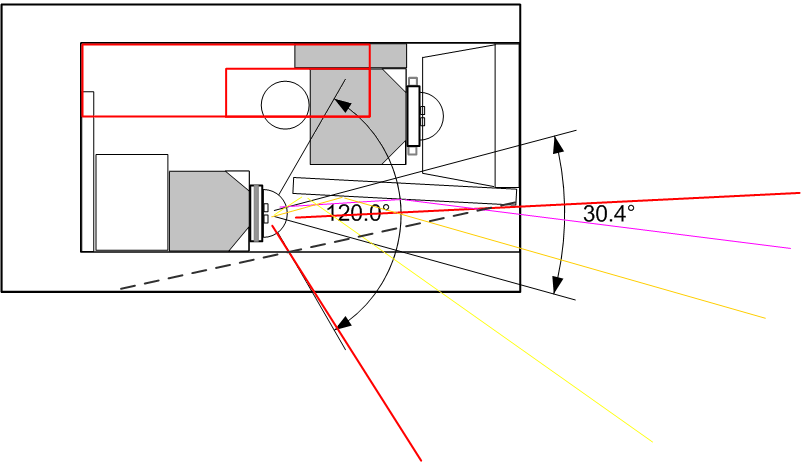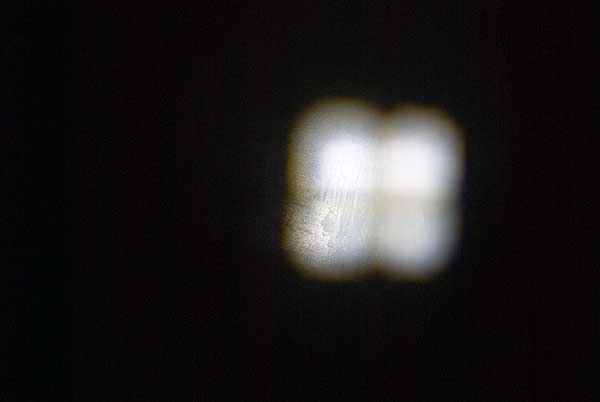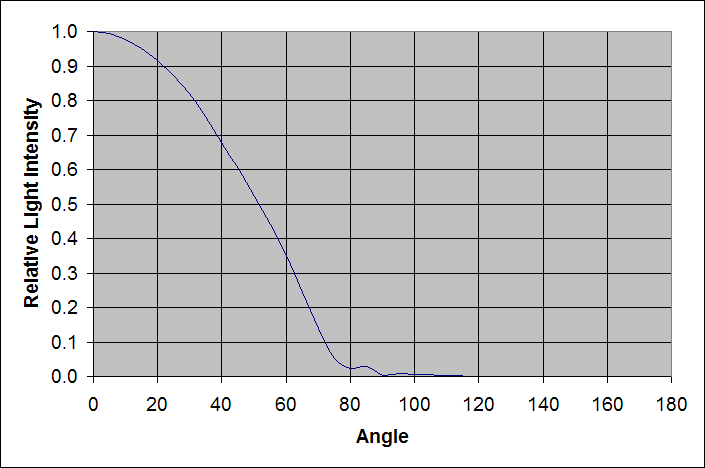Pepko: The translation link is acting weird for me: just trying to open repeatedly.
It might be my end. Anyone else have problems?
http://forums.mtbr.com/showthread.php?t=581232
 Help Support Candle Power Flashlight Forum
Help Support Candle Power Flashlight Forum
Pepko: The translation link is acting weird for me: just trying to open repeatedly.
It might be my end. Anyone else have problems?
I joined the forum (reader only before), cleared out my temp folder, and that helped the loading.
The side cross section diagram showing mirror/hood placement and the spread of light from the MC-E's is very helpful.
Nice useable low beam road light in keeping with this thread that could be scaled to different cases and LEDs.






I have been reading here mostly and absorbed ideas, but I think I can give some back now about an MC-E and aspherics.
[snip some really useful beamshots and reviews of lenses
Any comments?
How about how it looks to a motorist or pedestrian?





Syc: You mentioned short focal length: how short is short?
Looking at 29-34 mm diameter lenses (to fit the bezel/body) on surplusshed and the shortest FL's range from 28-44 mm or 100-130% of their diameter.
I assume the minimum distance from LED to lens needs to be at least the FL of the lens. Correct?


I would recommend making a separate lens holder and a heatsink for the led's first and find your settings before you change your housing.I have some flexibility yet and can always redo the heat sink/mounting. Since the LED's aren't here yet, and no holes are drilled for the leds.
The XP-G will lose more light if lenses are small, due to it's wider beam angle. Anyway, you might start with a single XP-G and see how it does. A triple lens setup in one light will get complicated.I was planning to mount 3 XP-G's as wide apart and as close to the body as 10 mm optics and MCPCB's permit for heat management. So after these latest posts I thought: three smaller PCX lenses to fix the beams which are no where near narrow enough.
I don't have 10mm boards here, only single 21mm boards and the triple that I linked to above. Must dig for it and re-solder the R4's, or some XP-E R2s, will take photos when I have that. Guessing the beam will be wider at the top if exchanging it 1:1 against the MC-E.OR I can mount the 10 mm MCPCB's as close to the center as possible, with two mounted lower so they will be top of the beam of a single PCX lens for power at distance and throw, and one led for the lower/closer part of the beam, like a three die MCE spaced out.
I measured FL of 19.6mm with the MC-E and 20.9mm with the XP-G on the DX sku.5297. Someone else in the DX forum reported 16mm from the dome top with a Cree, most likely an XR-E. Lens dimensions are 28.1mm*9.63mm. In my light the distance must be around 12mm, going straight ahead from the dome base until you hit glass.Looking at 29-34 mm diameter lenses (to fit the bezel/body) on surplusshed and the shortest FL's range from 28-44 mm or 100-130% of their diameter.
How much space do you guys have between the DX lens and the LED? The 28 mm DX lens is half the cost and no shipping but would require the wait. Worth it?
I would recommend making a separate lens holder and a heatsink for the led's first and find your settings before you change your housing. Or buy one :nana: (At least an inspiring design)
The XP-G will lose more light if lenses are small, due to it's wider beam angle. Anyway, you might start with a single XP-G and see how it does. A triple lens setup in one light will get complicated.
Guessing the beam will be wider at the top if exchanging it 1:1 against the MC-E.

I measured FL of 19.6mm with the MC-E and 20.9mm with the XP-G on the DX sku.5297. Someone else in the DX forum reported 16mm from the dome top with a Cree, most likely an XR-E. Lens dimensions are 28.1mm*9.63mm. In my light the distance must be around 12mm, going straight ahead from the dome base until you hit glass.
For the MC-E and the 50mm*18.6mm sku.12834 FL is 26mm. Please note that I'm measuring from the top of the domes and adding 3mm for MC-E and 1mm for XP-G dome heights.
At Surplusshed some lenses look promising, is anyone willing to take a chance?
http://www.surplusshed.com/pages/item/l3461.html
http://www.surplusshed.com/pages/item/l3786.html
http://www.surplusshed.com/pages/item/l3953.html
http://www.surplusshed.com/pages/item/l10171.html
http://www.surplusshed.com/pages/item/pl1004.html
And then there are replacement lenses for led spotlights, like these, but without dimension and geometry data. Just keep your eyes open...
For first experiments, the 28mm DX is cheap and highly recommended. Just leave some for me...:candle:
I had an XR-E TIR optic on the XP-G, and it was disappointing compared to the same on an XR-E. I was only estimating that this was due to the optic only being made for collecting ~ 90° from the XR-E.I thought that the XP-G was slightly on the MC-E side of halfway between the MC-E and the XP-E R2 in beam angle.
Could someone please define focal length in a tilted setup :huh:So am I right that you are running the MC-E about 8 mm inside of the focal length? :thinking:
But while we're at it, I hope to find a meniscus lens where the concave inner surface might be more effective.
Using a positive meniscus lens is something I have considered as well, but I have come across a few sticking points.
1) Generally available meniscus lenses have relatively long focal lengths, therefore the light source must be placed inside the focal length if enhanced light collection is required.
2) Since a single will not collimate the light (because of point 1 above) a multiple lens set-up will be required. When I've played with multiple lens solutions I find I lose a lot of light through reflections off the lens surfaces. This means AR-coated (more expensive) lenses are required in order to maximise light transmission.
3) My sketchy knowledge of optics is likely to cost me a lot of money if I keep experimenting as keep having daft ideas and I'll end up with a lot of lenses that are no use to me.






To try to increase my knowledge I've trying to write an elementary optical ray-tracer. It is more-or-less working now and I've found it very helpful (especially with multiple lens configurations). However to use it properly I need to know the lens parameters (surface curvature, aspheric coefficients etc). It is possible to use the lens-maker's equation to derive some of the parameters but I need manufacturer data for aspherics. Fortunately, good optical suppliers provide this information (I get most of my info from ThorLabs.
Hopefully, I'll be able to try-out different lens configurations to get some estimate of which schemes are likely to work before I commit to buying.
By the way, in my experiments with aspherics, I noticed that the glare from a cheap lens can still be a problem for on-coming motorists. AR-coated lenses should have a much lower off-axis glare - has anyone on here tried that?